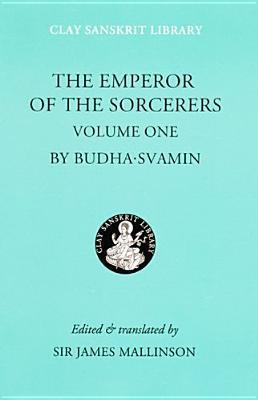
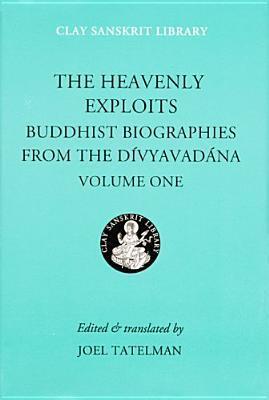
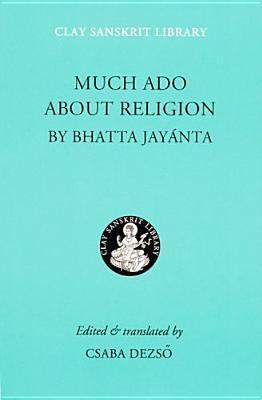
Books in series

The Emperor Of The Sorcerers, Vol. 1
1000

The Heavenly Exploits
Buddhist Biographies from the Divyavadana
2005

Much Ado About Religion
2005
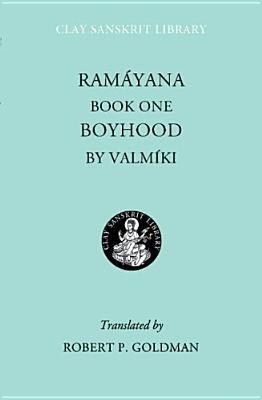
Ramáyana I
Boyhood
1774
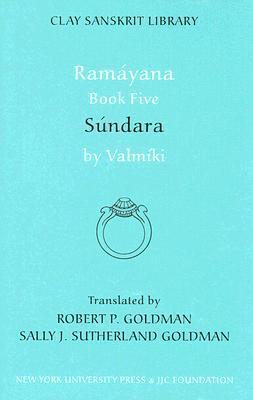
Ramáyana V
Súndara
2006
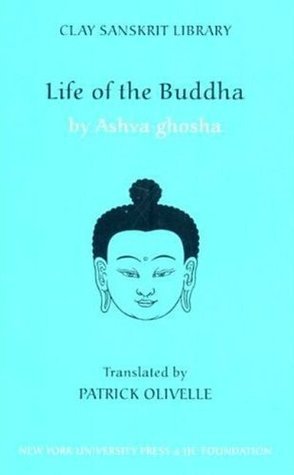
Life of the Buddha
2008
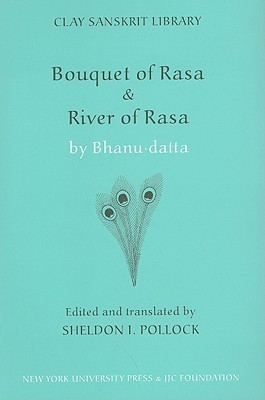
Bouquet of Rasa & River of Rasa
2009
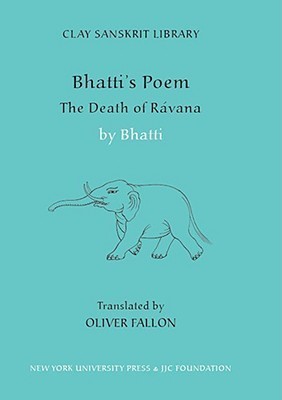
Bhatti’s Poem
The Death of Ravana
2009

How the Nagas Were Pleased by Harsha & the Shattered Thighs by Bhasa
2008
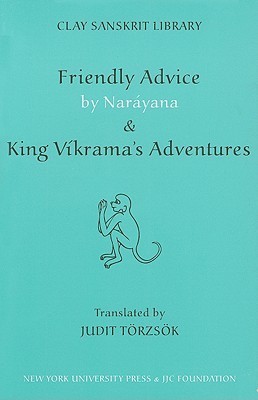
Friendly Advice by Naráyana and King Víkrama's Adventures
2007
Authors
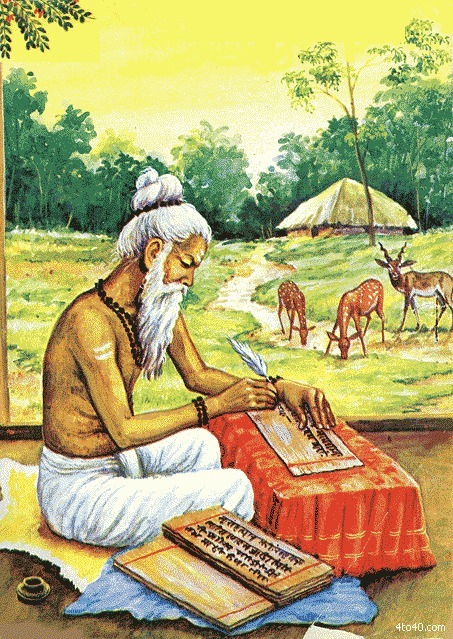
Bhāsa is one of the earliest and most celebrated Indian playwrights in Sanskrit. However, very little is known about him. He is dated between the 2nd century BCE and 2nd century CE. Based on the language used, his date is also supposed to be around 5th century BC. The plays of Bhāsa had been lost for centuries. He was known only from mention in other works such as Kālidāsa's first play Malavikagnimitram, or the the famous text on poetics Kavyamimamsa written during 880–920 AD by Rajashekhara a famous poet, dramatist and critic. This was until 1912, when Mahamahopadhyaya T. Ganapati Sastri came upon 13 Sanskrit plays at a nampoothiri home named Manalikkara Madom (present Kanyakumari District) that were used in the Koodiyattam plays. Unlike other classical plays, none of them mentioned the author, but one was the Swapnavāsavadatta. Comparing the style of writing and techniques employed in these plays and based on the knowledge that Swapnavāsavadatta was Bhāsa's work, all of them were credited to him. Some scholars have disputed Bhāsa's authorship of all the plays but over the years the plays have generally come to be ascribed to him.

Valmiki is celebrated as the poet harbinger in Sanskrit literature. He is the author of the epic Ramayana, based on the attribution in the text of the epic itself.He is revered as the Adi Kavi, which means First Poet, for he discovered the first śloka i.e. first verse, which set the base and defined the form to Sanskrit poetry. The Yoga Vasistha is attributed to him. A religious movement called Valmikism is based on Valmiki's teachings as presented in the Ramayana and the Yoga Vasistha. At least by the 1st century AD, Valmiki's reputation as the father of Sanskrit classical poetry seems to have been legendary. Ashvagosha writes in the Buddhacarita, "The voice of Valmiki uttered poetry which the great seer Chyavana could not compose." This particular verse has been speculated to indicate a familial relationship between Valmiki and Chyavana, as implied by the previous and subsequent verses.